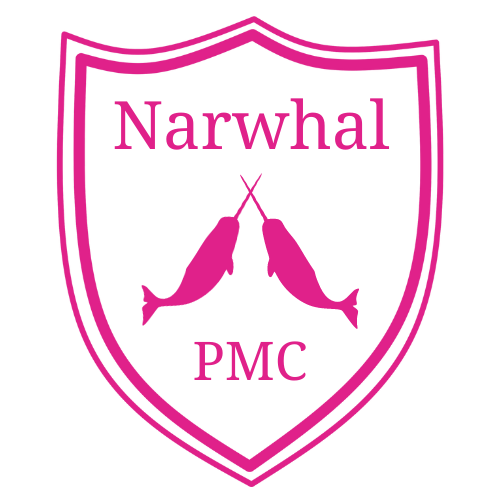Kindergarten Chaos: Risks and Opportunities in New Projects
The kindergarten bus got me good last month. It hit me and then reversed back over me.
I underestimated the complexity of navigating our oldest kid starting kindergarten. I figured it would be as simple as registering for school, buying school supplies, and sending her off on the bus for the first day and getting after school care sorted out.
This is the sort of mistake organizations can make when they start a type of project they have never done before. They much, like I did with the transition to kindergarten, underestimate or miss risks to their project. This can be due to lack of planning or just that they simply do not know what they do not know.
Risks – Underestimations and Unknown Unknowns
Kindergarten Transition
Going back to the kindergarten transition, I had an overarching plan, but I missed the level of complexity under the sub-steps in our plan and the risks associated with them. Things such as:
1. Helping our daughter manage the emotions from moving schools, making new friends, having new rules, and having to get her up earlier.
2. Helping our youngest daughter adjust to her older sister temporarily getting more attention due to the transition and dealing with the new routine.
3. Managing the logistics of two schools and SIX APPS! Apparently elementary schools these days require that many to function?! There is one for the bus, one for attendance, one for afterschool care, one for school announcements, one for lunch money, and one to tell the teacher how your kid is getting home that day!
Mitigations that we should have implemented:
1. Allowed for more time at home prior to starting school – in retrospect we would have moved our family trip to earlier in the summer instead of right before school started.
2. Talked to more senior parents specifically about their experiences transitioning to their kids to kindergarten.
Manufacturing Project Risks
If we look at how risk management applies to a new project, imagine a company who wants to build hardware for the government. The company has experience making prototype commercial hardware and wants to break into high-rate production for military applications of that same hardware.
The high-level plan may look like this: secure order of hardware, buy machines to make the hardware and sell the hardware to the government. Digging into the details here are some common risks:
1. MIL—STD compliance – the company underestimates the amount of time and money required to do this.
2. Establishing a facility to ramp up production – ensuring that the right infrastructure is in place and meets all requirements for the government.
3. Going from prototype to manufacturable drawings – company lacks the manufacturing engineering expertise to efficiently move to manufacturable hardware.
Mitigations to lower these risks could include:
1. Being conservative in their cost and schedule estimates and then including that in their management reserve for the project.
2. Conducting expert interviews to better understand the requirements for success.
3. Hiring subject matter experts to assist with the project.
Opportunities - New projects are not all doom and gloom.
Kindergarten
Amidst all the chaos and challenges of going through a transition that all families with kids navigate, there have been amazing opportunities for joy.
I love:
1. How excited our daughter is about kindergarten and her friends.
2. Getting to see her blossom and become more independent.
3. Seeing our youngest mature alongside her.
4. Growing together with my husband during this time.
Manufacturing Project Opportunities
Moving to full-rate production and into the government market is an exciting challenge. Opportunities in this type of project include:
1. Establishment of new manufacturing processes that can increase efficiency and profitability.
2. Business growth through diversification of the company's client base.
3. Hiring of additional technical staff that can support this project and allow for future expansion into other lines of business.
4. Increased employee morale through a non-standard project and a sense of accomplishment from doing hard things.
TLDR:
New projects should have a preliminary risk assessment done. Estimates need to be thorough and account for lack of experience. Consulting and/or hiring experts is a fantastic way to lower your overall risk. Take joy in your new projects and keep your eye out for opportunities.

